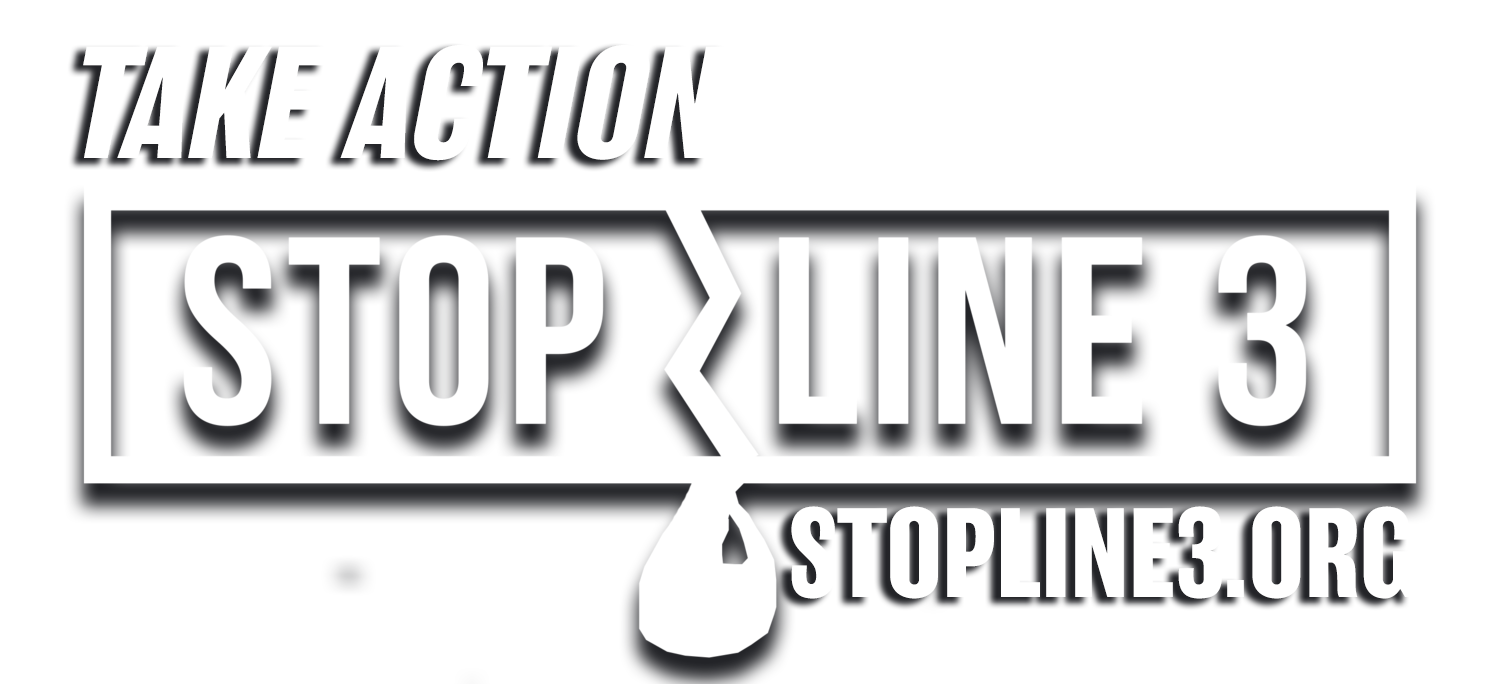Most Minnesotans don’t realize that we boast the largest inland oil spill in U.S. history.
On this day, March 3, in 1991, the Line 3 pipeline ruptured near Grand Rapids, Minnesota, spilling over 1.7 million gallons of oil, much of which flowed into the Prairie River, after a negligently delayed response by the company. The Prairie is a tributary of the Mississippi, so were it not for the 18 inches of ice on top of the river, the spill could have poisoned the drinking water of millions downstream, and would likely be remembered very differently. Thankfully, this was back in the days when our territories were still frozen and snow-covered in March, before climate change had fully sunk its teeth.
Due to sheer luck, the cleanup was relatively quick and effective, so the spill received nowhere near as much media attention as the catastrophic Kalamazoo River spill of 2010. Enbridge has spent more than $1.2 billion dollars (and still counting) and the better part of a decade cleaning up that mess, and they haven’t finished yet. It turns out that 1.1 million gallons of Alberta tar sands crude oil is not easily removed from riverbanks and sensitive wetlands. Minnesota, take heed.
Line 3 is now 56 years old, well past its intended lifespan, but still carries crude oil across Northern Minnesota on its way from Alberta to Superior, Wisconsin, cutting directly across the Leech Lake and Fond du Lac Reservations. Originally owned by Lakehead Pipeline, it is now part of Enbridge’s Mainline Corridor, which has six pipelines in it - the old Lakehead lines 1, 2, 3, and 4, plus the new Alberta Clipper and its diluent companion, Line 13. Many governmental reports refer to Lines 3 and 4 as a single unit, because of the complicated ways they work in tandem. Together, they are responsible for not only the 1991 Grand Rapids spill, but also the catastrophic 2002 spill near Cohasset, MN; the 2007 explosion in Clearbrook, MN, that killed two workers; a serious spill in Regina, Alberta in December 2014; and countless other ruptures and spills. Enbridge reports that since 1990, Line 3 has had at least fifteen large spills (more than fifty barrels each), but the number of small spills and leaks is anybody’s guess.[1]
Line 3 is crumbling. According to Enbridge’s own data, it has ten times as many corrosion anomalies per mile than any other pipeline in their Mainline System.[2] They estimate over half a million structural anomalies in Line 3, which is about 1 every 10 feet. Enbridge Integrity Supervisor Laura Kennett has testified, “I consider Line 3 to be in the deterioration stage … as external corrosion growth is increasing in an exponential fashion.”[3] The company has reduced the pressure to the bare minimum that still allows oil to flow, and spends billions of dollars digging up and fixing pieces of it (they anticipate needing at least 12,000 integrity digs in the next decade just for maintenance). In other words, Line 3 is a ticking time bomb. They cite this as justification for building a new one. But that is backwards thinking. The rational response would be to shut it down immediately and prevent them from doing this again to our grandchildren.
Enbridge doesn’t care about us. Instead of cleaning up this mess, and putting hard-working Minnesotan union members to work doing it, Enbridge simply plans to abandon the pipeline and inevitable contamination in the ground, walk away, and build an entirely new Line 3 pipeline in a brand new corridor. The State of Minnesota, including the Public Utilities Commission (PUC), has the power and responsibility to regulate pipeline abandonment, but there is currently no plan. Because Line 3 is the first crude oil pipeline to be abandoned in our state, there is a risk that the PUC will avoid their responsibility and set a disastrous precedent. But tribal governments, landowners, local businesses, and concerned community members across the north are standing up to say no, and demand accountability.
After 4 years of resistance, an alliance of tribal and non-tribal communities in Minnesota defeated Enbridge’s proposed Sandpiper pipeline, but Enbridge still plans to build that corridor, through the heart of Minnesota's lake country. They call this the Line 3 “Replacement Project,” but don’t be fooled, it is not a replacement. It’s a new pipeline with larger diameter pipe, designed to carry a completely different type of oil through a brand new corridor, with more than double the shipping capacity. The new Line 3 could eventually carry over a million barrels per day of tar sands, the dirtiest oil in the world.
The proposed corridor threatens some of the shallowest aquifers, cleanest ground waters, most permeable soil types, and largest wild rice beds in North America. The route would also pierce the heart of Ojibwe treaty lands, where we retain the rights to hunt, fish, gather, hold ceremony, and travel. It is our responsibility as water protectors to prevent this.
While militarized police forcibly evict our people from the Standing Rock encampments that fought to defend water from Dakota Access (28% of which is owned by Enbridge), Enbridge continues to plot a poisonous course in the Great Lakes. But this is not Morton County, and I hope we do not see armored vehicles deployed to brutalize our grandmothers and granddaughters as they stand in prayer. We expect Enbridge to clean up its old mess, and walk the enlightened path of clean energy. Until then, our communities will continue rising up to protect our waters.
[1] MPUC DOCKET NOS. PL9/CN-14-916 TESTIMONY OF LAURA KENNETT (Line 459)
[2] MPUC DOCKET NOS. PL9/CN-14-916 TESTIMONY OF LAURA KENNETT (Line 339)
[3] MPUC DOCKET NOS. PL9/CN-14-916 TESTIMONY OF LAURA KENNETT (Line 553)

